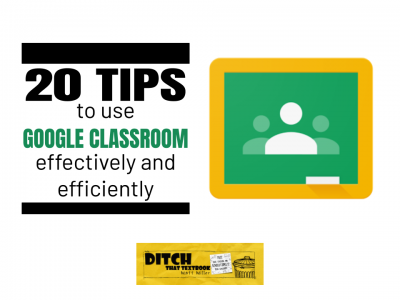
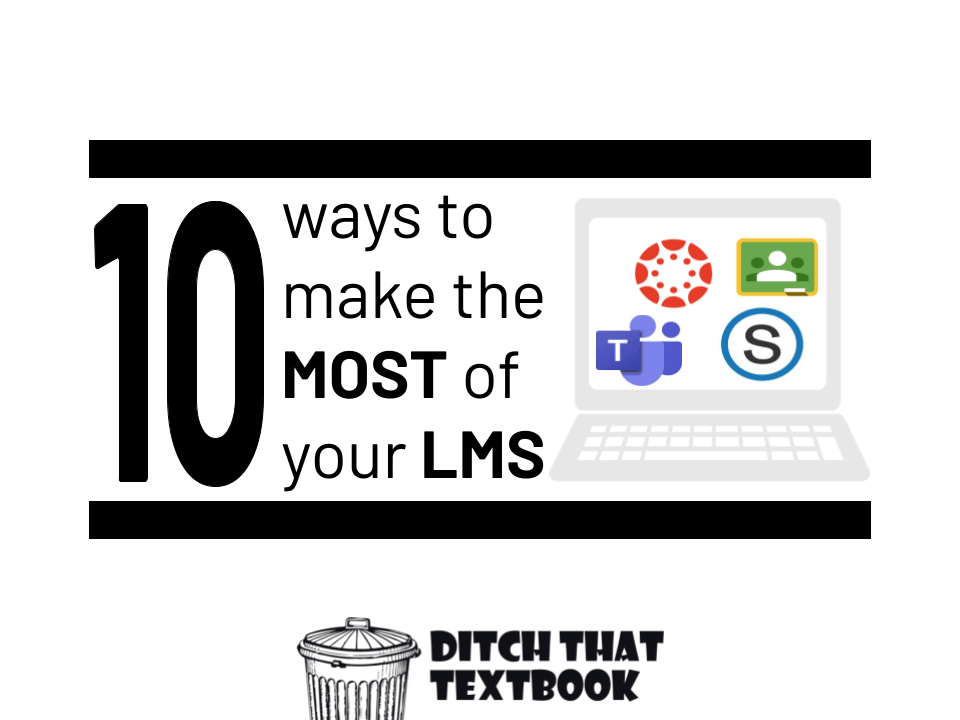
In many ways, your learning management system (LMS) is the digital home for your classroom.
- Students find assignments there.
- You give them announcements there.
- They communicate with you and with each other there.
Because you likely spend lots of time there, it's a great place to be more efficient and effective, saving you time and sanity.
Struggle with it and it becomes a daily headache for you and your students.
How can we make the most of our LMS? There are certain strategies you can use no matter your LMS, whether it's:
- Google Classroom
- Canvas
- Schoology
- Microsoft Teams
- Blackboard
- ... or something else
Here you'll find 10 ways to make the most of your LMS. Pick one or two and reap the rewards!

1. Envision your ideal classroom.
If you try to set up your LMS without knowing what’s important to you, it’s like walking through an unfamiliar house in the dark. You’re bound to bang your shin on a table or fall down some stairs. To imagine your ideal LMS lifestyle, you can ask yourself:
- What is important to you as a teacher? What is your mission statement?
- What kind of academic work do you want your students to do?
- What do you value in grading? What kind of messages do you plan to send during your grading process
- How do you prefer to interact with your students?
- What are your personal preferences for organization?
- What device do you use most (or think you will use most) to do schoolwork?
Think about those questions and keep them in mind. They’ll help you make decisions and set up your LMS for success!

2. Figure out where your prime real estate is.
Certain parts of your LMS are very visible to your students. These parts are often at the top of the page or in a place where students often look. I call these places “prime real estate.” They’re in an important, helpful spot. We should make the most of our prime real estate and make it work for us!
Some examples of prime real estate include a class banner image, the top of your classwork/assignments page, and the titles of your assignments.
That's just scratching the surface, and depending on your particular LMS, you may find that students' eyes are often on certain areas. Maximize them!
For example, here's how to maximize the banner image (first thing students see when they enter your classroom):
- Make your own custom banner image with Google Drawings
- File > Page Setup > Custom > 1600 X 400 pixels (ideal for Google Classroom, adjust to your preference) Note: the right third may be cut off on a mobile device.
- Download it as an image (File > Download as > PNG)
- Upload it to your LMS and update it as necessary

3. Make a "Right Now" section in the classwork/assignments area.
In Google Classroom -- and many LMS -- the top of the classwork/assignments area is prime real estate. Students open it frequently, and when the open it, they're at the top of the page by default.
If you can move things around on your classwork/assignments page, this strategy can maximize your prime real estate. (If you can't move it around, this strategy works for other pages/sections students access frequently.)
Create a “right now” section at the top of the classwork/assignments page. The “right now” section is constantly changing and fluid. It’s where you put the items that you know your students will be looking for on that day -- or even in that moment.
- Creating a new assignment where they might need to review a material you posted earlier? Move both of them to the “right now” section.
- Reviewing some concepts from earlier in the month? Move them to the “right now” section.
- Working on one activity in the morning and another in the afternoon? Put the morning one in the “right now” section, then, at lunchtime, move it out and put the afternoon activity there.
Think of the “right now” section like the workspace on your desk. Ideally, you don’t store lots of things long-term on your desk. You grab what you need, work on it, then return it to the location that’s best to store it. That’s the idea behind your “right now” section.

4. Use emojis in your assignment titles.
Assignment titles are prime real estate, too! When students look at their assignments, what's the part they're guaranteed to see, whether they open the assignment or not? The title!
One way to maximize that prime real estate: use emojis to organize, color code, etc. Certain emojis can help you categorize and code your assignments, standing as a visual language of sorts.
They're easy to add! Mobile devices often have an emoji keyboard built right into the regular digital keyboard. Or you can use these shortcuts on other devices:
- Windows: Use Window key + period for emoji keyboard
- Mac: Use Ctrl + Cmd + Space bar for emoji keyboard
- Chromebook: Right click & choose the emoji option
Resource: 10 ways to use emojis in the classroom

6. Leave feedback through a voice comment.
It's a fact: we can talk faster than we can type. Plus, your voice exudes your personality and emotion in a way that typed text can't. Leaving feedback with your voice is powerful. When students hear your voice, it's personal.
Mote lets you leave voice comments within your comments in Google Classroom, Docs, Slides, and Sheets. It’s an extension in the Google Chrome web browser. Teachers and students can install it to leave voice comments to each other. Here's how to use it.
- Go to mote.com.
- Click the purple icon that allows you to leave audio comments in Google Classroom.

7. Use voice to text to speed up your feedback.
We talk a lot faster than we type. Using voice typing to give feedback helps speed up the feedback loop. Using your mobile device for voice typing makes it even faster. Pull up an assignment. Tap the text field to leave a comment. Then press that microphone button on your smartphone keyboard. Speak the comment and see how much faster it is than typing with your fingers or thumbs.
Push notifications in the Google Classroom app make this even faster. Many student actions can create one of those notifications that shows up at the top of your smartphone. (You can turn specific notifications on and off in the app’s settings.) Pull that notification down with your finger and you may be able to reply within the notification.
Plus, the desktop and web browser versions of Microsoft Word, Google Docs, and other tools have built-in dictation and voice typing tools. When you use them, you turn on your microphone and it changes your spoken words to text that you can copy/paste into your LMS.

8. Let students leave each other feedback.
Peer feedback helps students see their own work differently. It also gives them a chance to share their work with an authentic audience of their peers. It's motivating to know that your classmates will see your work!
An easy way to give students an opportunity to give each other feedback is using Google Docs. (It's easy to replicate in Microsoft Word this way, too.) Here's how:
- Go to: docs.new to create a new Google Doc quickly
- Add students name to the doc
- Change the sharing permissions to “anyone with the link can edit”
- Create an assignment in your LMS
- Have students highlight their name and link their document to that text (make sure their document is shared using the "anyone with link can comment" setting.)
- Then have students go read three other students’ work and leave comments for that classmate within their doc.
By using this process, students learn to evaluate each other’s work and, in turn, learn about their own work and processes. They practice using criteria for reflecting on others’ work so that they’ll be able to use it to reflect on their own work. In the end, each student receives feedback from multiple perspectives -- not just the teacher’s. And the teacher isn’t tasked with giving all of the feedback!
Resource: Teaching Students to Give Peer Feedback by Mark Gardner

9. Send a student assignment summary by email.
Sending a summary of what your students have completed and what they still need to do helps everyone stay on track.
To do this in Google Classroom:
- Click the people tab
- Click on individual student
- Click the envelope button on the top right
- Write a message to your student and check the box to send student work summary

10. Include an “everything I know but wasn’t asked” question.
Give students an opportunity to share what they know, even if it wasn't asked about on the quiz. You can do this with a tool like Google Forms or Microsoft Forms. Here's how:
Open a Google Form: forms.google.com or a Microsoft Form: forms.office.com
- Add questions to your quiz.
- At the end, add an open ended question that says something like, "Here's everything I know about this but wasn't asked."
- Consider making it a zero point question, where students can only benefit from showing you more that they've learned.
- Add points as necessary to this zero-point question to help their final quiz grade reflect their level of mastery. Don't use this question to take away points!
Tips for YOUR specific LMS
We've been busy collecting tips for some of the most popular learning management systems. There's a good chance that yours is in the list!
Check our our LMS tips posts below ...
For notifications of new Ditch That Textbook content and helpful links:
Are you looking for quality, meaningful professional learning that both equips and inspires teachers?
Matt provides in-person and virtual keynotes, workshops and breakout sessions that equip, inspire and encourage teachers to create change in their classrooms. Teachers leave with loads of resources. They participate. They laugh. They see tech use and teaching in a new light. Click the link below to contact us and learn how you can bring Matt to your school or district!
Is Matt presenting near you soon? Check out his upcoming live events!


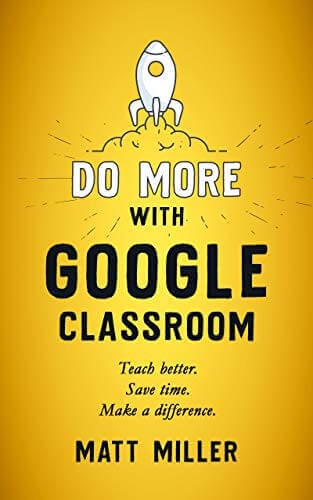
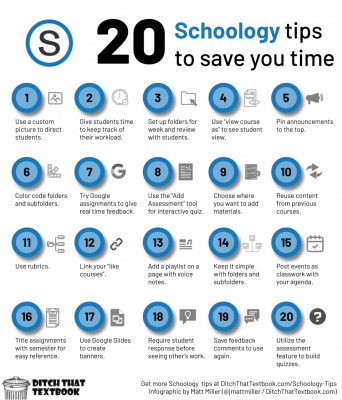
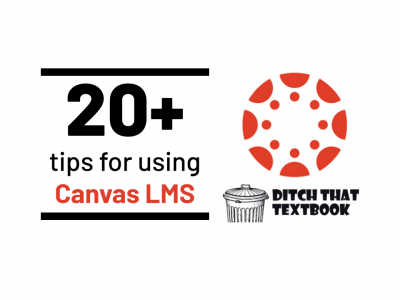
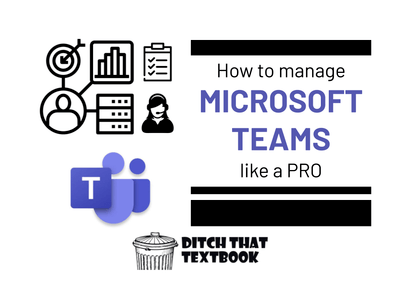

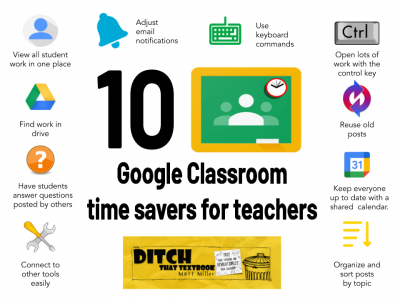


For more courses coupons and free certificates you can visit, Unofficial Engineering and get udemy courses free coupon codes.
Discover Latest Quizzes & Practice Tests Posted By Community
Would be great if you could tweak this for D2L Brighspace, which is a retarded LMS to begin with.
Hello! I’m wondering if I can translate content from this website and share it with my fellow Vietnamese teacher? I’ll link back to your articles, of course.